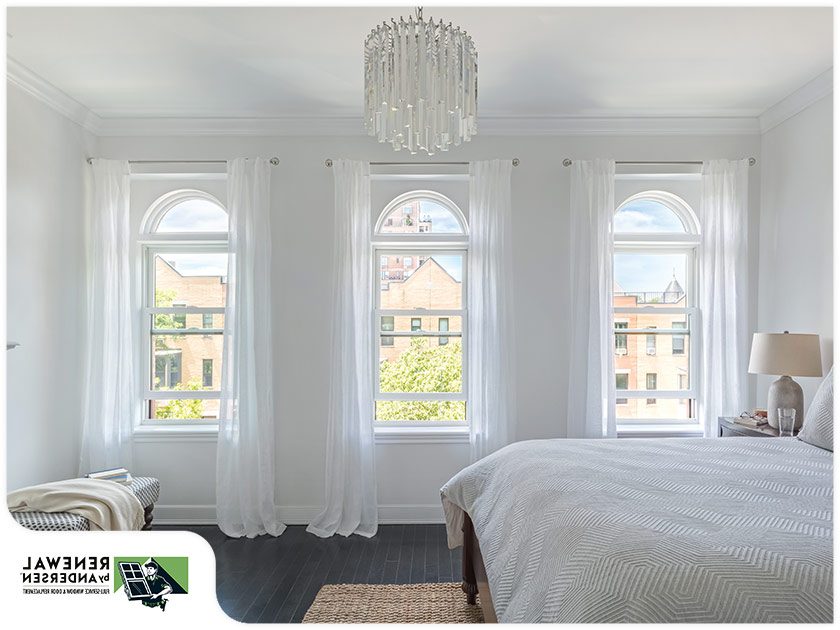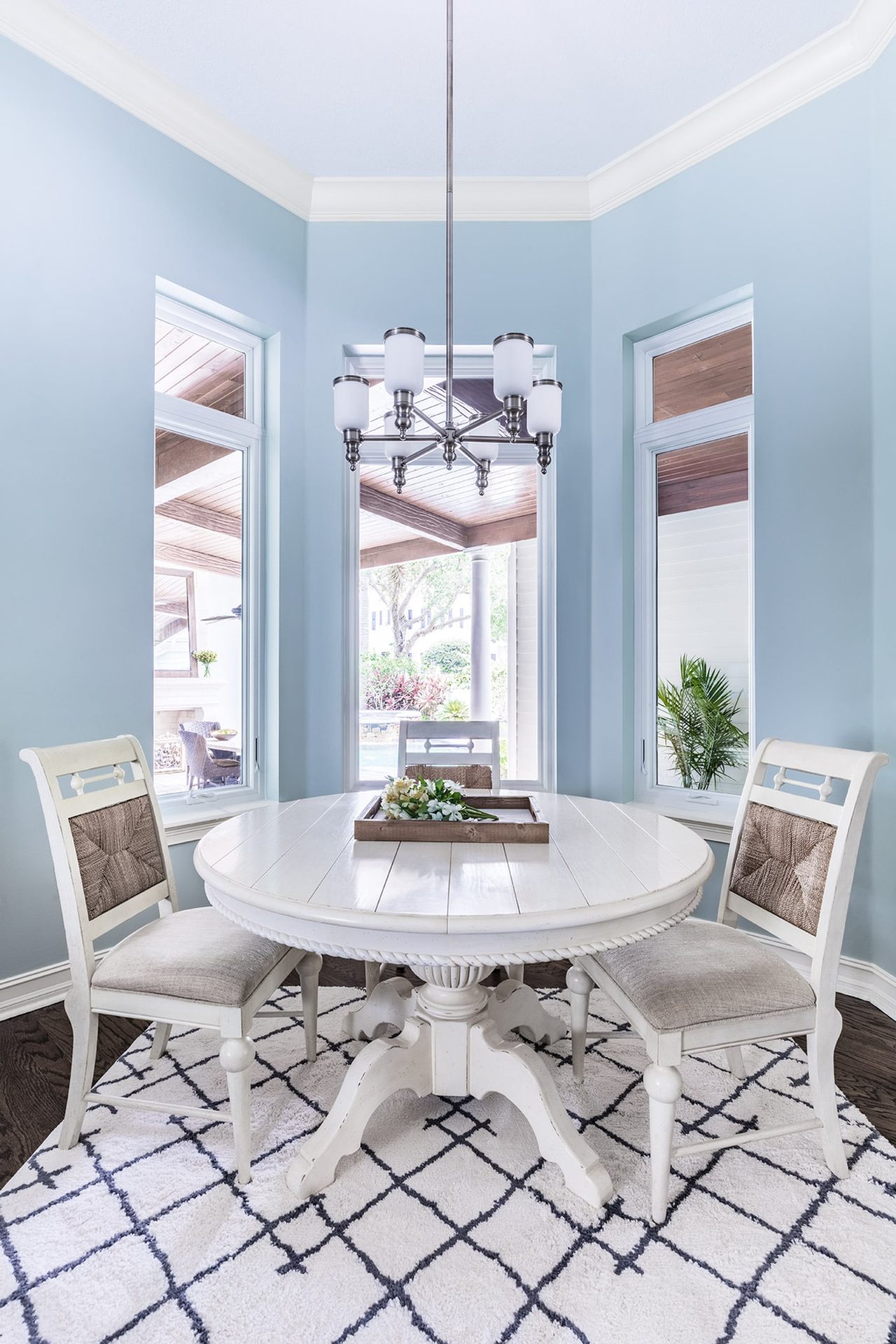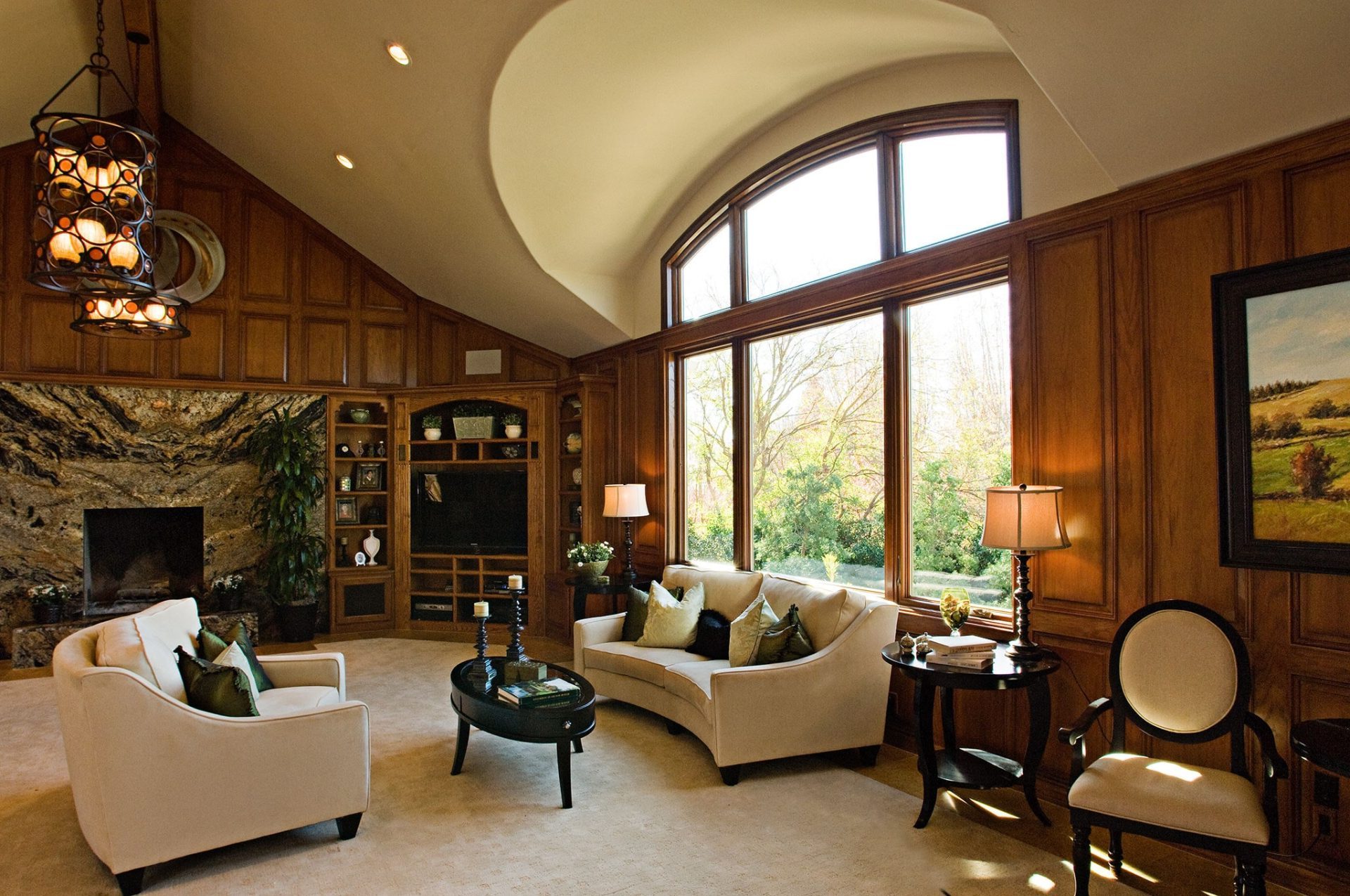
Are you looking for the perfect window to replace one in a unique space? Occasionally, traditional, off-the-shelf window styles won’t cut it. Turn to our experts at Renewal by Andersen to custom design and manufacture specialty windows that fit your personal vision, budget and goals.
From the glass texture and shape to the frames and hardware, we’ll help you select every detail and feature to meet your needs. Whether you’re looking for a replacement window that suits your home’s architectural style or one that conserves energy to save money, both are possible with Renewal by Andersen® custom replacement windows.



Replacing a beloved fixture with a custom window installation is a smart move for savvy homeowners. Beauty and energy efficiency go hand-in-hand with windows made from our durable Fibrex® material.
Whatever kind of window you need, our experienced design consultants will help you find or design the perfect style, shape and size specialty window to complement your home or vision. We’ve custom-designed and installed windows of all shapes and sizes, from octagonal and rhomboid to oval and arched. We measure and fit your custom replacement windows to your exact specifications.
Plus, all our specialty windows are expertly made with our enduring and exclusive Fibrex® material. This product offers the strength and insulating value of wood with the low maintenance features of vinyl.* Combined with our High-Performance™ Low-E4® glass and durable TruScene® insect screens, your specialty windows will keep harmful UV rays and pests out and help you save money on your energy bills.*
*See Renewal by Andersen® Products and Installation Transferable Limited Warranty for details.

Renewal by Andersen has replaced more than 8.5 million windows in over one million homes.* Our beautiful, durable products and superior installation methods set us apart for our customers time and again, with additional benefits like:
*See Renewal by Andersen® Products and Installation Transferable Limited Warranty for details.
When looking for a replacement window company you can rely on for its honesty, integrity and reputation for excellence, give Renewal by Andersen a call. We’re a nationwide company, so we make it easy to find a local installation professional:
